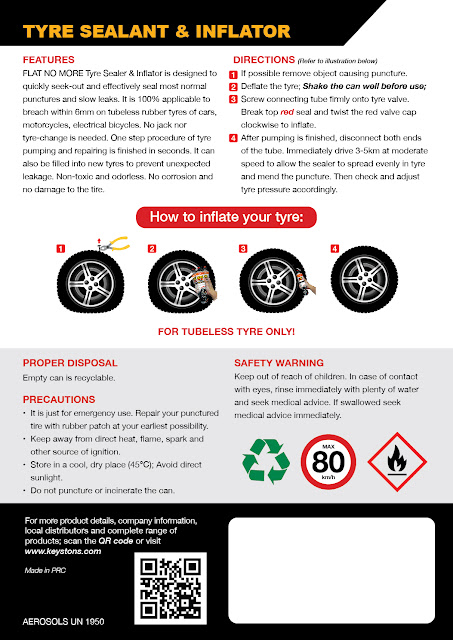Nothing is more annoying than stopping to fill an under-inflated tire every week or two. Of course the first thing you look for is a puncture or tear. It’s normal for tires to lose a few PSI (pounds per square inch) of air due to temperature changes. However, if temperatures remain consistent and your tires constantly lose pressure, there is a leak that needs attention. Age, exposure to contaminants and stress can cause parts of your tire and rim (wheel) to fail. But what do you do if your tire is not visibly damaged? Consider that one of these problems is causing your flat tire:
On This Page
Running over any sharp object can puncture a tire. A tiny nail can puncture a tire, then fall out, causing a slow two-to-three PSI leak per week.
Made from rubber, valve stems can deteriorate over time. They also can be damaged from hitting a curb or even from an automatic car wash brush. Keep your valve stems clean and always replace the valve cap, but don’t overtighten it. Overtightening the cap can damage the valve core. Hand-tight is tight enough.
A ripped or torn tire is unsafe, especially if the rip is on the sidewall. Driving on a weakened tire, even if the leak is minor, is dangerous. Compound that with an under-inflated tire that can overheat and you’ve got a prescription for a blowout.
The bead is where a tire seals itself to the rim. The bead on older tires, or tires that have “dry-rot,” may have decreased elasticity and no longer seal properly. Beads can also be damaged when a tire is mounted or dismounted without the use of tire lube and beads can become chaffed, due to a corroded rim. The only fix for a damaged bead that cannot seal to the rim is a new tire.
Corrosion where the rim meets the tire bead is a common cause for a tire losing air pressure. Die-cast aluminum and magnesium alloy wheel are more susceptible to corrosion. Be sure your tire technician inspects the area where the wheel and bead seal before installing new tires. As well as being unsafe, even a new tire will never properly seal to a badly corroded wheel.
Die-cast aluminum and magnesium alloy wheel are more susceptible to corrosion. Be sure your tire technician inspects the area where the wheel and bead seal before installing new tires. As well as being unsafe, even a new tire will never properly seal to a badly corroded wheel.
Often overlooked is wheel porosity, where air leaks through the rim itself. Usually caused by a poor casting or corrosion from using incorrect wheel weights, there is a proper, accepted way to repair this type of leak. Don’t inject your tire with tire sealant to fix a leaky rim. It can be extremely difficult to clean out and can ruin a repairable tire or tire pressure monitoring system sensor.
You are playing a dangerous game if you think that by over-inflating a tire with a slow leak, you will increase the time between fills. Besides a rough, noisy ride due to stiff sidewalls and tread, an overinflated tire wears quicker, and overall tire performance suffers. Rigid, overinflated tires are unstable, lose traction easily due to reduced tire-read-to-road contact area (think of a basketball) and make sidewalls vulnerable to blowouts when hitting a pothole.
Anything that can damage a tire or rim — punctures from a nail, metal fragments, broken glass, a piece of wood, a cracked rim or sidewall rips from hitting potholes or a curb — are considered road-hazard damage. Only your tire technician can determine which of these are repairable.
So, as you can see, there are a lot of reasons why your tire can go flat. Inspect your tires and check air pressure at least once a month. Properly inflated tires last longer, wear more evenly and are safer to drive on.
Bob Lacivita
Bob Lacivita is an award-winning ASE and General Motors auto technician, educator and freelance writer who has written about DYI car repairs and vehicle maintenance topics. His work has been featured in The Family Handyman, a Reader's Digest book and Classic Bike Rider magazine. He has been a career and technical educator for 25 years teaching automotive technology, as well as writing state, federal and organizational foundation grants. He also helped design a unique curriculum delivery model that integrates rigorous, relevant academic standards seamlessly into career and technical education.
He also helped design a unique curriculum delivery model that integrates rigorous, relevant academic standards seamlessly into career and technical education.
Tire pressure has a significant influence on vehicle performance, durability and fuel economy. However, most people face the problem of air leaks that reduce wheel pressure.
One of the issues that people are very concerned about is brand new tire losing air pressure. Normally, the degree of escape is related to tire life. With new tires, it is quite rare unless it is experiencing some external impact.
Let’s explore the following article to understand better the causes and how to fix the pressure drop in new tires.
Why Is Tire Pressure Important?Tire PressureTire pressure is understood as the pressure of air compressed inside the tire. This one dramatically affects the operating characteristics of the new tire.
More specifically, inflating the new tires at the correct pressure helps the wheelchair roll on the road with the full tread.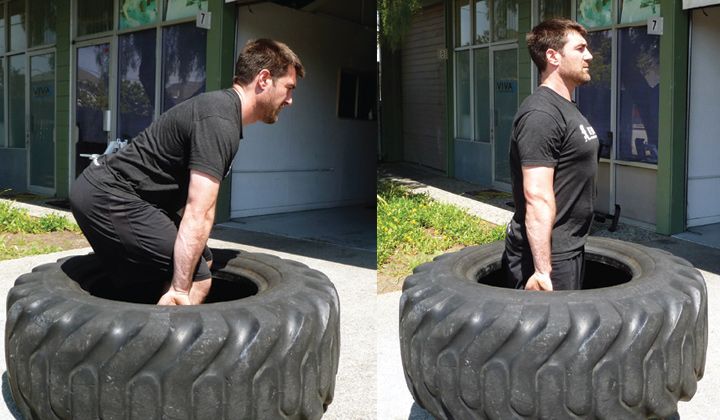 The contact surface is spread evenly, thereby helping to wear the surface evenly.
The contact surface is spread evenly, thereby helping to wear the surface evenly.
Besides, a set of properly inflated new tires also brings direct benefits to the user, such as optimal smoothness, stable cornering ability, shortest braking distance, and fuel economy.
Pressure is significant to the use of your car because it directly affects the performance, durability, and optimal function of the brakes and suspension systems equipped on the vehicle.
At the same time, maintaining the correct pressure helps you maintain safety, vehicle load, wheel life, and fuel consumption.
Therefore, you need to check your new tires regularly to ensure the pressure is always at the most stable level.
Why Does Your Brand New Tire Lose Air Pressure And Leak Air?Next, to better understand the condition of new tires leaking air, let’s learn about some of the causes of this condition.
Loss of air pressureThe first cause is the loss of air pressure.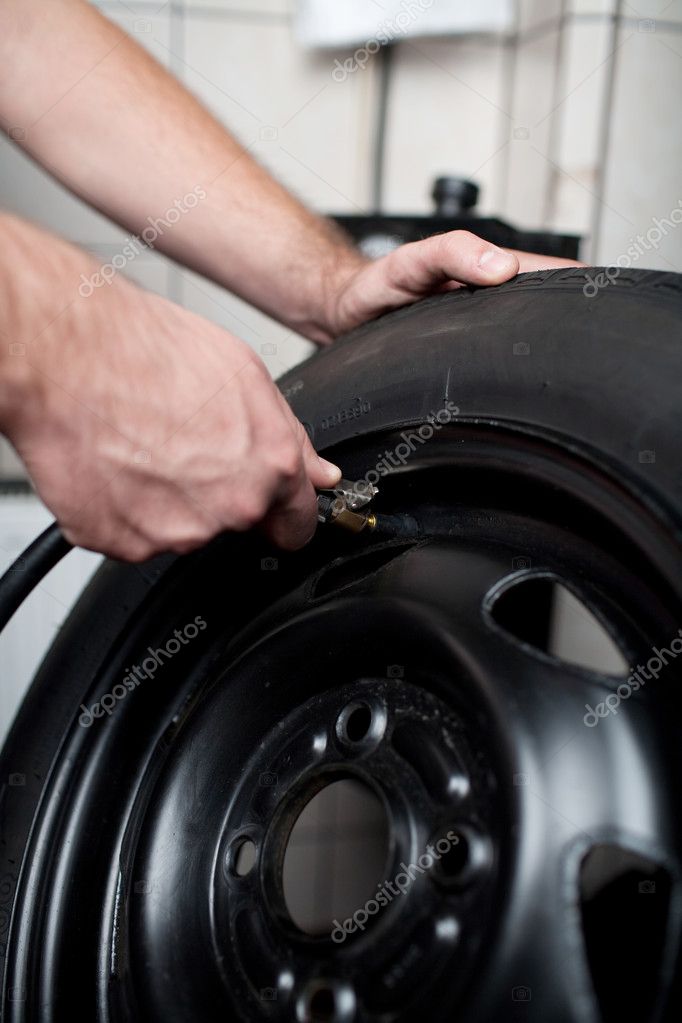 Here are some of the reasons.
Here are some of the reasons.
Although very careful, when you just change a new tire, the risk of wheel failure can occur. The common problem is that your tire valve stem is of poor quality.
When changing a new tire, it is better to replace the valve with a new one. Also, don’t forget to check it regularly to determine if it’s working correctly. Besides, if the valve core is too tight, it can also cause air to leak.
Another problem is that damaged, warped, deformed wheels due to impact also cause pressure to drop.
Tire damageDamageIn addition to the wheels, problems related to tires include rolling a nail or sharp object that punctures the new tire damaged, broken, and reduces the pressure quickly.
When moving on the road, you need to pay attention to the terrain. You accidentally go into potholes at high speed; it can also cause new tires to leak air.
Temperature changeMoreover, the change in weather is also the reason why the pressure of newly purchased tires decreases.
When it’s cold, the air contracts, and the pressure level drops faster. So, you need to regularly check your wheel in the winter to maintain it at the right level.
Gas leakGas leaks can also be the cause of brand new tires losing tension. Leaking gas causes a drop in tire tension, and this can happen slowly or very quickly.
Assembly problemIf there is a problem during the assembly process that causes the rims and tires not to fit properly, it will also cause air to leak faster.
Valve is brokenValve is brokenSimilarly, if you buy a new car but use an old valve or a new valve that comes with a damaged tire, it will also cause air to escape.
Usually, this speed is relatively slow. Therefore, it will be difficult to detect now but check the valve regularly to limit this situation.
Temperature change – VariationThe temperature change will also cause the air in the wheel to escape. The molecules are often more concentrated when it is cold, shrinking, reducing tension. Statistically, every 10°F drop in temperature reduces stress by about one psi.
The molecules are often more concentrated when it is cold, shrinking, reducing tension. Statistically, every 10°F drop in temperature reduces stress by about one psi.
Finally, if you don’t seal the new tires properly, it can easily lead to leaks. Besides, not cleaning the seal not or adequately removing the label also causes the wheel not to fit together, and this creates a space for air in the new tire to escape.
Watch this video for useful ways on finding a leak:
Tips To Keep Tires Safe From Losing Or Leaking AirTips To Keep Tires SafeTo ensure safety during travel, it is essential to keep the tension stable. Some tips to help you maintain it at an appropriate level and limit losing or leaking:
Regular CheckFirst, the simple thing that you need to pay attention to is regularly checking your car’s tension. The problem of leaks reducing stress can happen slowly and silently.
The problem of leaks reducing stress can happen slowly and silently.
Therefore, try to maintain the habit of checking your tires weekly to determine the extent of tension leaks to detect and fix problems in time. At the same time, you need to check all the wheels and should not skip any.
Cold testWhen temperature drops, the air in the wheel can also contract, reducing the tension. Therefore, in the cold season, you need to check the tension with a higher frequency.
To determine the tension level accurately, you need to park the car in the shade and stop starting the engine at least 15 minutes before. Otherwise, the displayed tension level is incorrect and should remove about 2psi of inflation.
Use a standard tension gauge.Finally, it would help if you used a standard tension gauge to determine the exact tension level of the tire. Yet, you should also note that some meters may display a tension difference of about +/- 3psi depending on the vehicle type.
Therefore, a quality tool is an indispensable tool to help you determine this correct tension level.
ConclusionMany reasons lead to the situation of brand new tires losing tension. Therefore, you always need to pay attention to the issue of checking the stress of your tires, even you just bought them to ensure safe driving.
With the information we have provided, you can clearly understand the importance of car tension and how to fix the brand new tire leaking air.
Photo www.tgamobility.co.uk
Often, tire pressure decreases gradually, and this process continues for several days. You inflate them to the required level, but the tires again pass air over time. In this case, you should contact the tire shop, where they will determine the cause of the pressure loss. There may be several. We will look at the problems with tubeless tires, since most modern cars are equipped with them.
Ivan Flyagin
Disk damage usually leads to its deformation. This comes from hitting the wheel at high speed on the edge of the pit or on a steep and hard bump. Due to the loose fit of the tire to the rim, a partial air leak occurs. Keep in mind that damage may be hidden on the inside of the rim, while the outside of the wheel will look brand new, without any visual flaws.
Another possible reason for the gradual loss of pressure in the tires is the depressurization of the valve (or nipple) as a result of mechanical impact, or the ingress of the smallest dust particles into it. If the mechanism is in good condition, then air can leak in the place where its valve is attached to the disk. Sometimes you can fix the problem by pumping the spool with a few sharp and short presses.
Quite often the tire “catches” a nail or other sharp and large object on the road, which safely gets stuck in the place of the puncture.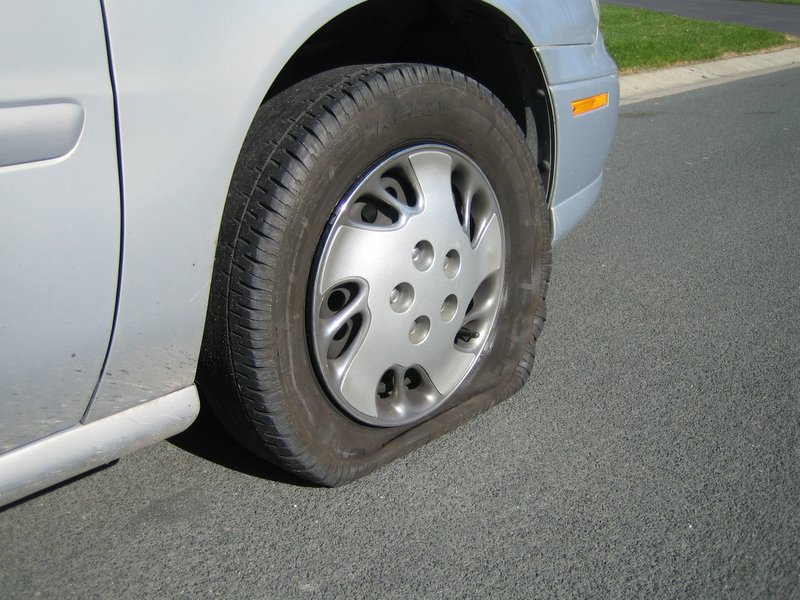 In this case, it serves as a stopper, only not completely sealed, so the air will slowly but surely bleed. If a nail hits a tire with a camera, it instantly bursts, and at high speed this is fraught with an emergency.
In this case, it serves as a stopper, only not completely sealed, so the air will slowly but surely bleed. If a nail hits a tire with a camera, it instantly bursts, and at high speed this is fraught with an emergency.
A tire can be damaged not only on the tread side, where the thickest and most durable rubber layer is located. Its side is also vulnerable to contact with sharp objects. Usually in this place there are cuts from friction on curbs, the edge of the track, protruding rebar and other hard and sharp protrusions. How quickly the rubber will lose air depends on the depth of the scratch. Usually damage to the sidewall causes irreparable damage to the tire, and it has to be replaced.
Whatever advanced rubber compound is used in the manufacture of a modern tire, in any case, its structure will respond to temperature changes to one degree or another. As a rule, in the cold, the rubber narrows, and as a result of a slight drop in pressure, the wheels sometimes have to be pumped up.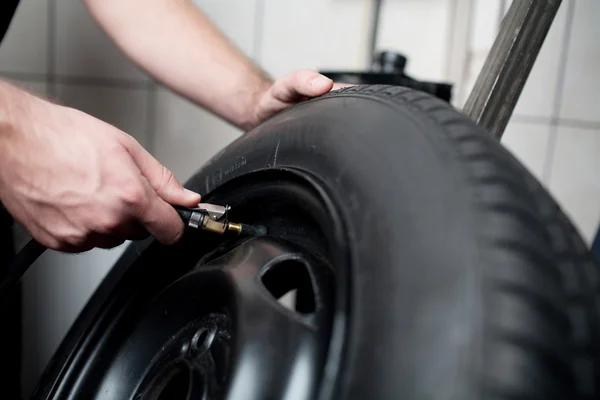 Accordingly, at high temperatures, the opposite effect occurs and the pressure in the tires increases.
Accordingly, at high temperatures, the opposite effect occurs and the pressure in the tires increases.
145099
How safe to park your car
27223
How safely to park your car
27223
Subscribe to Autovzglygs:
traffic safety, wheels, car service, repairs, accessories, tyres, tyres, maintenance
Tires and rims are the hidden heroes of your car. They are literally "where the rubber meets the road." And when it comes to vehicle maintenance and repair, rims and tires may not be the first thing an owner thinks about.
However, a warped or damaged wheel or a worn tire can be very dangerous and expensive. Deformed rims can jam the tires, causing pressure to drop. They can also cause mechanical problems as well as vehicle handling problems that can lead to dangerous situations on the road.
They can also cause mechanical problems as well as vehicle handling problems that can lead to dangerous situations on the road.
Not sure how to identify or diagnose disc warping? According to AvtoDiskiUA experts, here are 4 main signs that your rim may be damaged and that your wheel needs to be replaced.
Photo: avtodiski.net.ua
One of the most obvious signs of alloy wheel deformation is shaking and vibration, which is transmitted up the steering column. When a disc is bent and damaged, it will cause the tire to make uneven contact with the road surface.
In turn, this leads to "jitter" and vibration during driving. Jitter in the front, such as in the steering column, is a sign that one of the front discs is bent, while vibration in the seat or behind your vehicle could indicate that the rear disc is badly damaged. Photo: https://avtodiski.net.ua
A warped disc can lead to flat tires and other problems, as well as significantly affect the steering and handling of your car . If the machine behaves "sluggishly" or you cannot control it properly, you may have a warped disc. Do a quick visual inspection or take your car to a service center to have it checked as soon as possible.
If the machine behaves "sluggishly" or you cannot control it properly, you may have a warped disc. Do a quick visual inspection or take your car to a service center to have it checked as soon as possible.
Wheel damage is usually obvious, but if you have large metal or plastic hubcaps, you won't be able to spot it easily. It is enough to remove the caps and check the tires and wheels to see if there is any damage.
After the cap has been removed, inspect each tire to see if there are any areas of obvious damage or disc distortion. If there is, it must be repaired, or replaced if the damage is severe.
The rim is designed to fit snugly against the tire. When the rim is deformed and detached from the tire, it can cause air to leak or even press on the tire rubber and cause it to flatten.
If a tire deflates quickly and you find yourself inflating it every few days or weeks, the tire that is causing the slow leak is damaged.